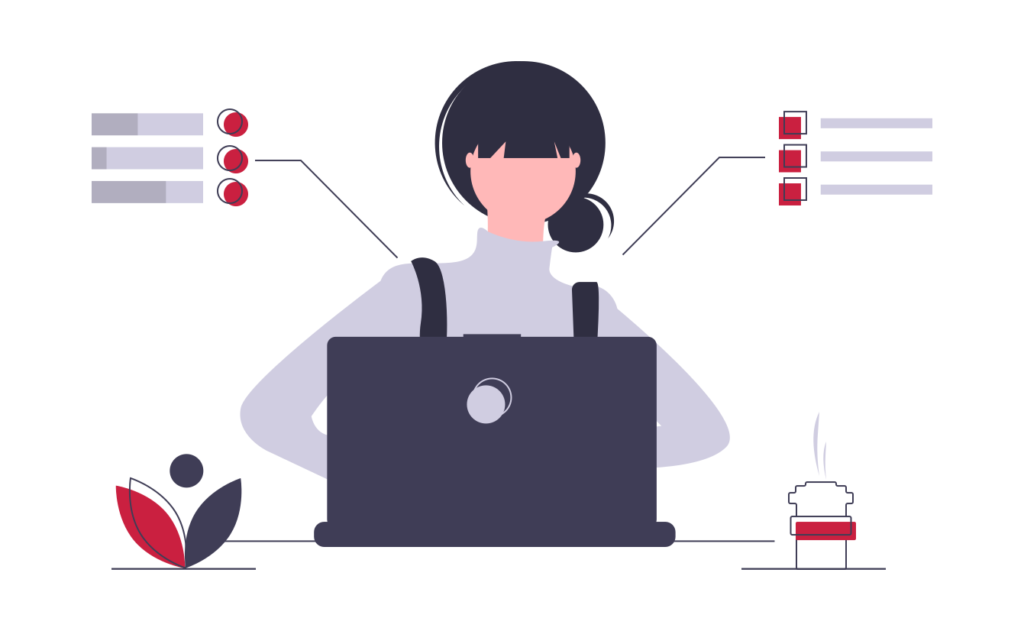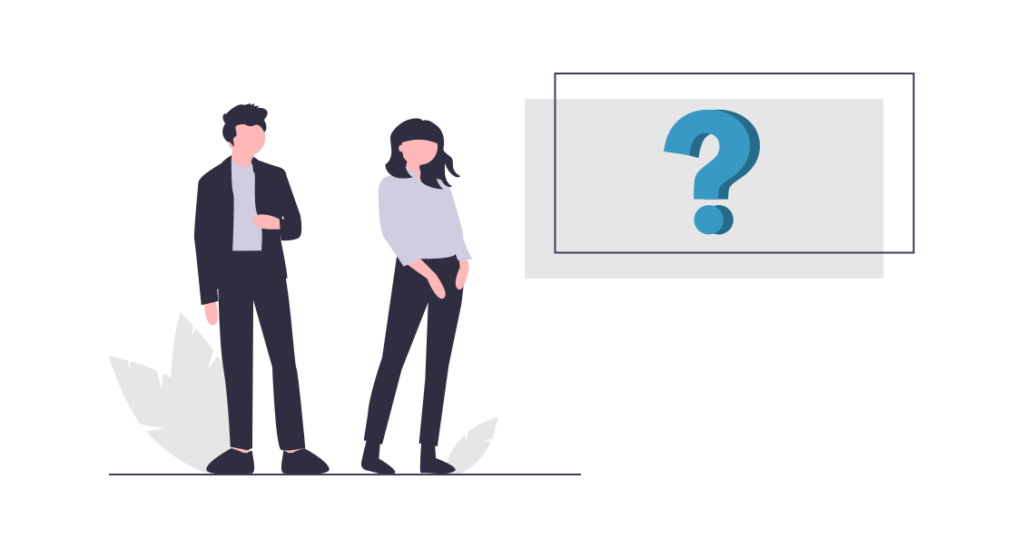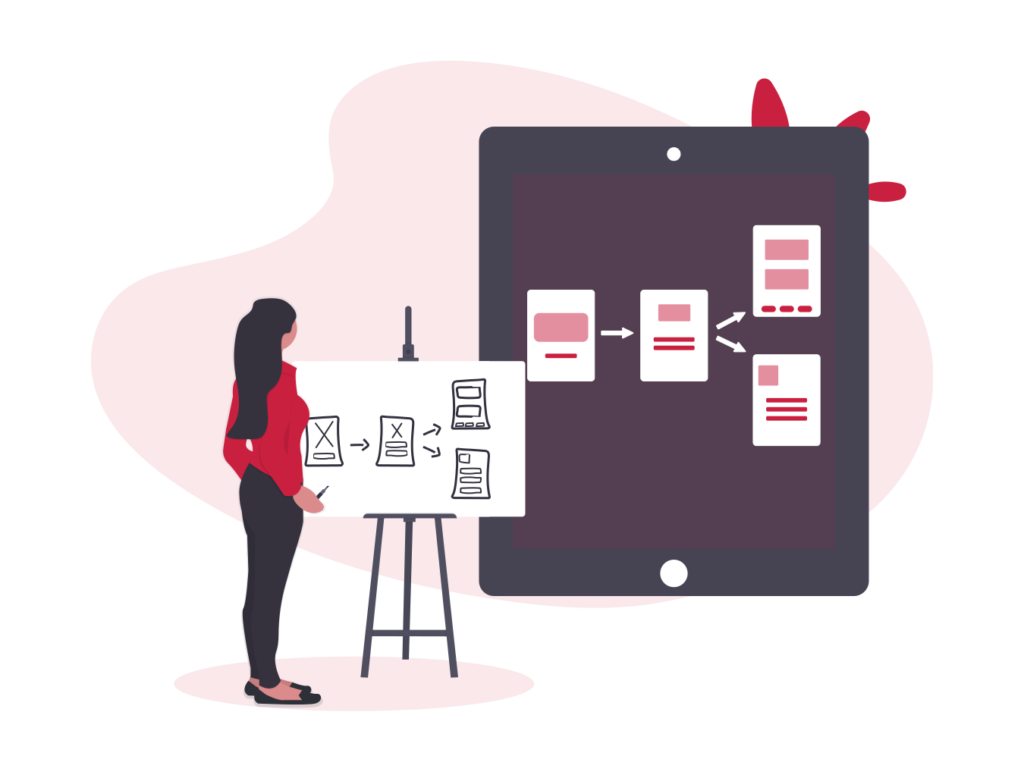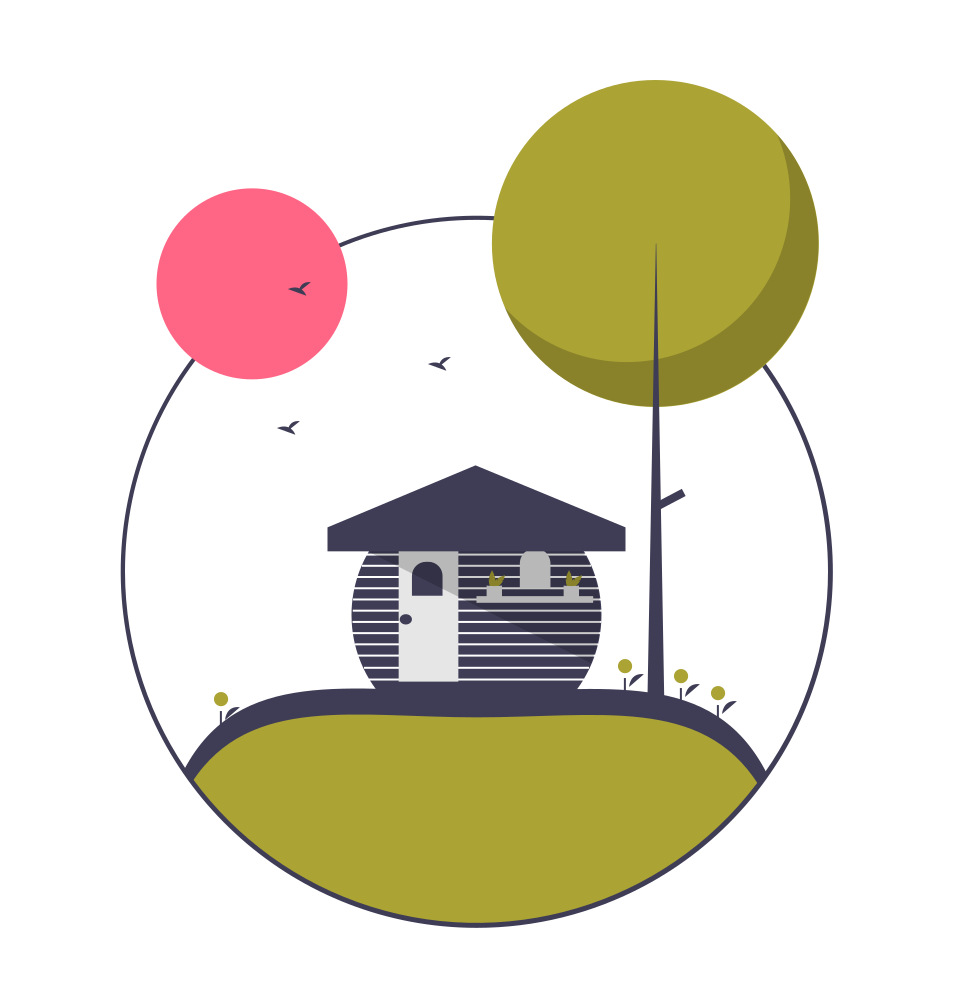During times of crisis, sound public policy is sorely needed and often in short supply.
The think tank industry can prevent very bad choices from being made if its store of ideas and its experts are able to reach policymakers.
But social distancing means many of the tools think tanks rely on are off the table:
Meeting with Capitol Hill staffersTestimony before committeesPanel discussionsPublic talks
Think tank offices are closed. The battle of ideas has moved onto our laptops and into our makeshift home offices.
But there’s a lot we can do to improve the chances of sound policies being adopted even under these new constraints.
Reinvest in the Web
Just as think tankers are working from home, journalists, academics, and even policymakers are working remotely.
Social distancing means that both the production and the consumption of public policy research will be mediated online.

Given this sudden new reality, now is a good time to take stock of the state of your website and make changes that will build your citations, increase your subscribers, and encourage crucial donations.
Focus on Usability
When we talk to think tank communications teams we hear the same problems over and over again:
- “Our scholars can put hundreds of hours of work into a single research paper that quickly gets buried in our website after it’s released.”
- “Reporters call me for basic information, things they should see on our website. I worry that other reporters get discouraged and don’t even bother to call.”
- “Search on our site is so broken, our own scholars use Google to find things they’ve written for us.”
- “Other think tanks are growing their online donor base, but we’re still focused on direct mail because our website doesn’t convert.”
All of these problems have one things in common: usability.
That term may seem like woo-woo tech speak, but usability addresses a concrete, fundamental question:
Can users complete the tasks necessary on your website to reach their goals?

It’s Science!
Thankfully, the question of whether or not users can complete tasks can be answered through a reliable method:
- Hypothesize
- Experiment
- Analyze
- Repeat
This should sound familiar because it’s the scientific method! It’s the same thing that scientists (even social scientists like economists) use to arrive at their conclusions.
And just like any other scientific discipline, usability observations turn into laws and theories, called “guidelines.”
These general rules allow web designers to build on best practices arrived at over decades of observing users interact with technology.
Room for Improvement
Basic usability—task completion—is still in need of improvement.
A Nielsen Norman Group web study in 2016 found that only 82% of assigned tasks could be completed in users tests.
That means that roughly 1 in 5 web users give up on basic tasks, like searching/browsing for something, subscribe to something, contacting someone, or making a donation.
That’s pretty abysmal.
Outshine the Competition
A think tank that embraces usability could easily outshine its competition online if only because the competition is so very bad.
Usability is simply overlooked by most think tanks.
Managers seem satisfied with websites that don’t crash and look good, and while those things are necessary, policy scholars and communications professionals understand they aren’t sufficient.
Too many think tank websites simply don’t allows users to perform these basic tasks:
- Find the most relevant research on an issue or proposed legislation/regulation
- Contact a scholar or communications team member to schedule an interview
- Subscribe to an email newsletter or podcast
- Follow the group on social media
- Make a one-time or recurring donation
By first applying general usability guidelines consistently across their website and then engaging in regular user testing, even smaller, scrappier think tanks could leap ahead of the competition.
Getting Started
To improve your usability, we recommend starting with an UX audit.
For us this means:
- Listing Goals: We mean big goals. How do the things in your board report relate to your website? Let’s focus on making the big performance indicators move.
- Creating User Personas: Who visits your website? What do you they want? How does that relate to your goals? What are these folks trying to avoid?
- Mapping User Journeys: If you could lead your users by the hand, where would you take them? Do they ideally contact you, subscribe to your newsletter, or become donors?
- Analytics: How are your goals being served now? Where can we see that users are getting stuck or aren’t getting where you’d like them to go?
Once these things are known, each page and element of your website undergoes detailed scrutiny.

Our audits range from 150 UX elements to over 300 UX elements and address things like the structure of your categories, the functionality of search, mobile menus, breadcrumbs, publication filtering, and donation flow.
We’ve combined studies of non-profits, leading e-commerce sites, and corporate PR pages to arrive at a set of guidelines that address the unique tasks think tank website users are trying to complete.
If you want to conduct an audit like this internally, you can obtain up-to-date research from sources like Steve Krug, Rosenfeld Media, Nielsen Norman Group, or the Baymard Institute.
When to Hire a Pro
The biggest value a UX consultant audit brings is speed. UX Audits are time-consuming, and most think tanks don’t have the bandwidth.
It also helps to have experience across several websites. At Tallest Tree, we’re in the unique position of having over a decade of experience working with dozens of think tanks, so we know how usability issues can affect citations, subscribers, and donations.
Hiring a third party also provides objectivity. A professional UX auditor won’t be emotionally invested in your design or the content decisions you’ve made. A consultant can look at your site with new eyes, something your team cannot do.
Get in Touch
If you’d like to use your work-from-home time to dig into website usability, or to address another problem you’ve identified with your think tank’s website, please get in touch. Visit our Contact Page and we can book a call.
We find that we have a little more free time these days, so we’ll probably get back to you the same day.
